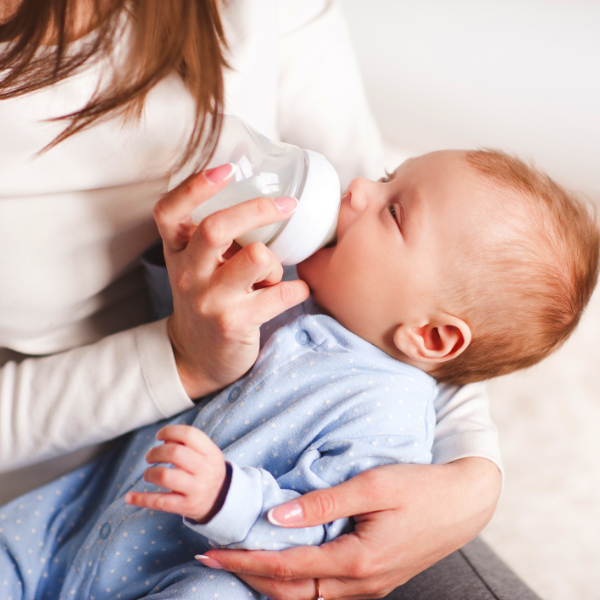How to sterilize some of the most used items around the house?
From seasonal cold and flu to severe diseases such as Coronavirus (Covid-19), there are countless reasons why you should be aware of how to sterilize the most used items around your house properly.
While disinfection can surely reduce the number of germs and bacteria present on an object, it doesn’t entirely remove them. However, sterilization procedures eliminate germs, viruses, and microorganisms when performed correctly.
Most of us are already aware of house cleaning tips and understand why it is essential to clean the house frequently, but when it comes to sterilization around the house, most of us are clueless.
So keep reading for our tips, advice, and step-by-step instructions for sterilizing some of the most used items around the house.
How to sterilize tweezers, scissors, needles, etc.?
What you’ll need:
- A small saucepan
- Fresh and clean water
- Antibacterial bar soap
Sterilization procedure:
- Wash your hands with antibacterial soap or liquid hand wash and warm water.
- Fill the saucepan with fresh water. A half-full saucepan should suffice.
- Place your item in the saucepan.
- Put the pan on the stove and let the water boil.
- Leave the water to boil for at least 15 minutes.
- Remove the pan from the stove and place it carefully on the heatproof counter.
- Once it cools down, take your item out of the pan.
How to sterilize a thermometer?
What you’ll need:
- Antibacterial wipes
- Cotton buds
- Antiseptic liquid
- A soft piece of cloth
Sterilization procedure:
- The easiest way to sterilize a digital thermometer is to clean it with an antibacterial wipe.
- Use a cotton bud soaked in an antiseptic liquid solution to clean and sterilize areas such as the small crevices.
- Use an antibacterial soap or liquid hand wash to sterilize oral thermometers. Make sure to rinse it off with water adequately.
- Allow it to air-dry before using it.
How to sterilize baby bottles?
You can sterilize your baby’s bottle in several ways, but the most common methods include microwave sterilization, electric sterilization, and sterilization through boiling.
Sterilizing baby bottles in boiling water for at least 10 minutes is the most effective of those three methods.
How to sterilize baby bottles by boiling them?
- Wash your hands with an antibacterial soap, or liquid hand wash with warm water.
- Fill a large pan with water and place the feeding equipment in it. Make sure the water completely covers the equipment.
- Place the pan on the stove and let the water boil.
- Leave the feeding equipment to boil for at least 10 minutes.
- Turn off the stove and let it cool down.
- Assemble the equipment once it has cooled down.
Don’t forget to check out our guide on cleaning and disinfecting your baby’s everyday items.
How to sterilize plastic, glass, and metal containers?
What you’ll need:
- A bucket or bowl
- Clean water
- A diluted hydrogen peroxide solution
Sterilization procedure:
To sterilize plastic containers and lids:
- Soak the containers and lids in diluted hydrogen peroxide solution for 10-15 minutes.
- Rinse them thoroughly with clean water.
- Leave them out to air dry.
To sterilize glass and metal containers and lids:
- Fill the clean bowl with water and submerge the containers and lids.
- Boil the bowl for about 15 minutes.
- Remove the containers and lids carefully from the bowl.
- Allow them to air dry properly in a clean environment before use.
After sterilizing your plastic containers, keep them in a kitchen cabinet. Therefore, you should also know how clean your kitchen cabinets to ensure maximum germ-free protection.
